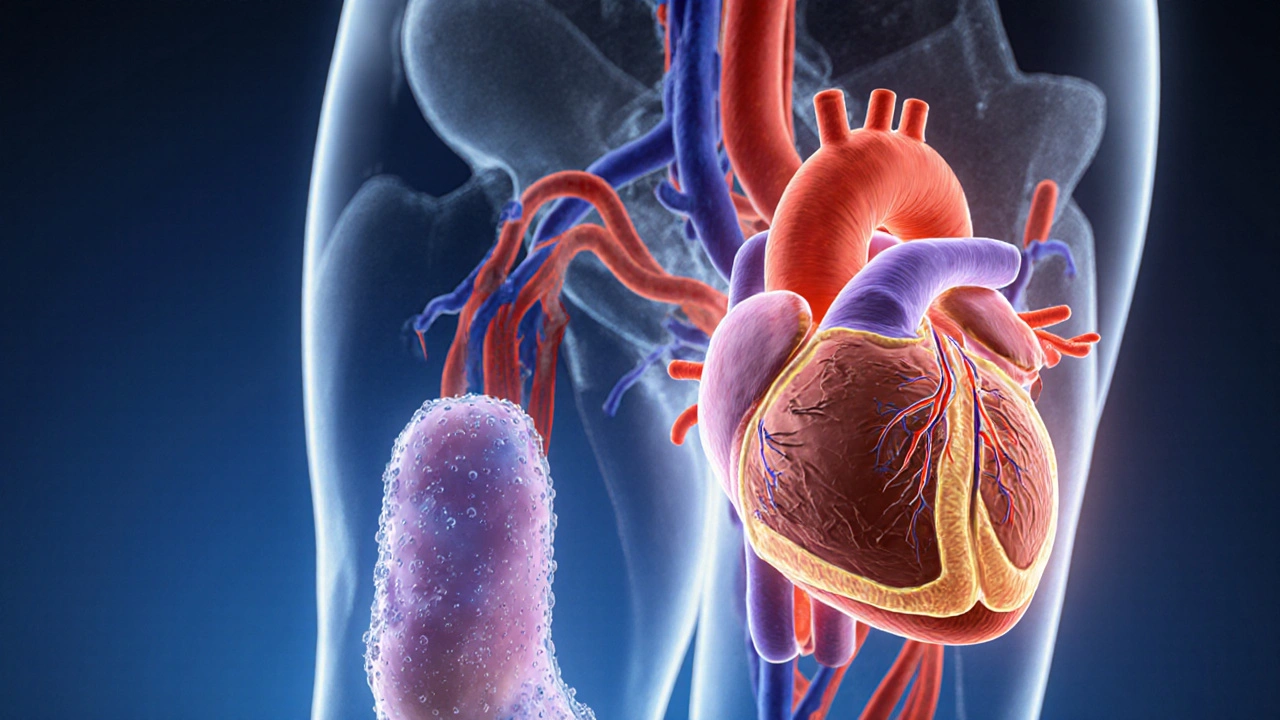Blood Pressure
When you hear doctors talk about blood pressure, they’re referring to the force that blood exerts against the walls of your arteries as it circulates. Blood Pressure, the pressure created by the heart's pumping action and the resistance of blood vessels. It’s also called BP, a shorthand you’ll see on health charts and medicine labels. High Hypertension, a condition where blood pressure consistently exceeds normal thresholds isn’t just a number—it’s a major risk factor for Cardiovascular Disease, illnesses involving the heart or blood vessels such as heart attack and stroke. The link runs both ways: living with Diabetes, a metabolic disorder that affects how your body uses blood sugar often pushes blood pressure higher, while uncontrolled blood pressure can worsen diabetes complications. In short, blood pressure sits at the crossroads of heart health, metabolic health, and overall well‑being.
Why Blood Pressure Matters
Understanding blood pressure helps you spot problems before they become emergencies. Your systolic reading (the top number) shows the pressure when your heart contracts, while the diastolic reading (the bottom number) reflects the pressure when the heart rests. Normal ranges hover around 120/80 mmHg, but anything above 130/80 mmHg may indicate hypertension. Lifestyle choices are the first line of defense: regular aerobic exercise, a diet rich in fruits, vegetables, and low‑sodium foods, and maintaining a healthy weight can lower both systolic and diastolic values. Stress management matters too—chronic stress spikes adrenaline, temporarily raising blood pressure and over time contributing to higher baseline readings. If lifestyle tweaks aren’t enough, doctors may prescribe Antihypertensive Medication, drugs designed to relax blood vessels, reduce blood volume, or slow heart rate. Common classes include ACE inhibitors, beta‑blockers, calcium channel blockers, and diuretics. These meds work by targeting the mechanisms that drive high pressure, keeping the heart from overworking and reducing the risk of heart attacks, strokes, and kidney damage.
Putting it all together, controlling blood pressure is a blend of self‑monitoring, smart habits, and, when needed, medication. Our collection below dives deeper into each angle: you’ll find practical guides on measuring BP at home, dietary plans that naturally lower readings, and how conditions like diabetes or chronic stress influence your numbers. We also cover specific drug comparisons—like why a doctor might choose an ACE inhibitor over a calcium channel blocker—or how to safely buy affordable generic medications online. Whether you’re a newcomer learning what a ‘normal’ reading looks like, or a seasoned patient tweaking your regimen, the articles ahead give you actionable insights to keep your heart and vessels in good shape.

How Fluid Retention Affects Your Heart Health
Explore how fluid retention impacts heart health, recognize warning signs, and learn practical steps to reduce swelling and protect your cardiovascular system.